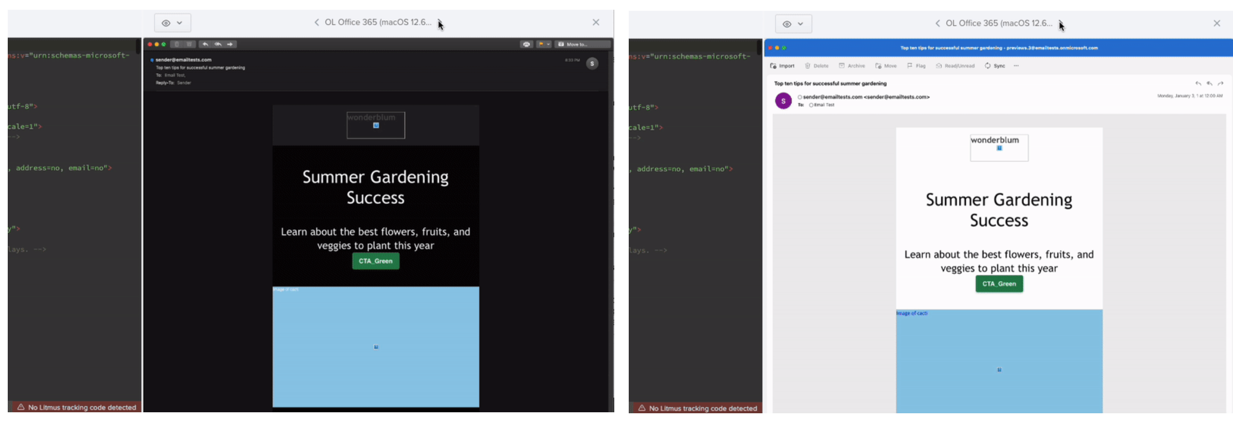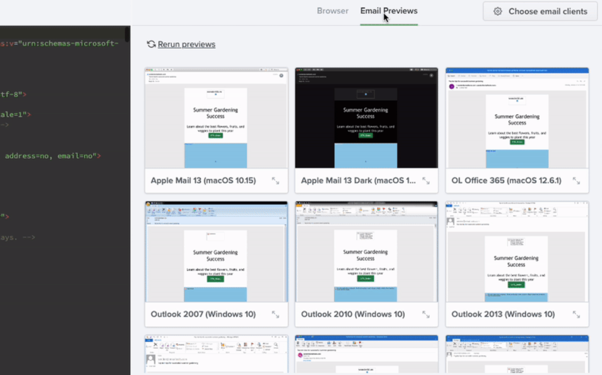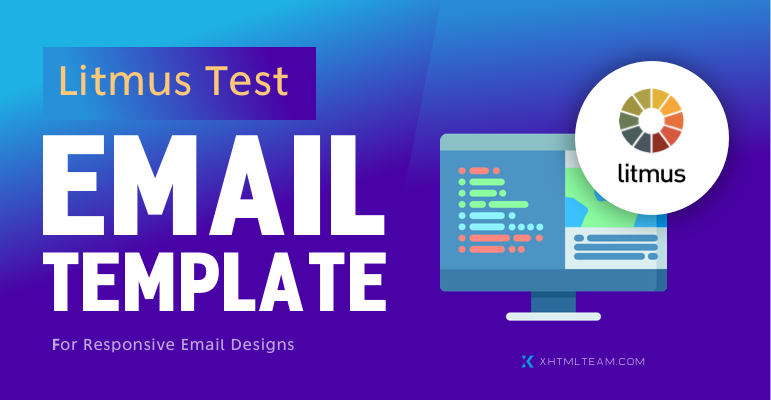In today’s digital world, email marketing is one of the most powerful ways to connect with customers. However, ensuring that an email appears correctly across various devices and email clients can be a challenge. This is where Litmus test email templates come into play. These templates allow businesses to preview and optimize emails before sending them, ensuring a perfect display across all platforms.
In this article, we will explore Litmus test email templates, their advantages over normal email templates, pricing, and why Litmus testing is essential for successful email campaigns.
What Are Litmus Test Email Templates?
Litmus test email templates are email designs tested using Litmus, a leading email testing tool that helps developers check how emails render across different browsers, devices, and email clients. These templates are optimized for responsiveness, readability, and overall appearance to enhance user experience.
Unlike regular email templates, which may not be tested across multiple platforms, Litmus-tested templates ensure your email looks professional on all devices.
Why Litmus Testing Is Important
Emails can display differently based on the email client, operating system, and screen size. A well-designed email may look perfect in Gmail on Chrome but break when opened in Outlook on Windows. Without proper testing, businesses risk sending emails that appear broken, leading to poor engagement and lost conversions.
Key reasons to use Litmus testing:
- Ensures emails render correctly across various devices and email clients.
- Detects HTML and CSS compatibility issues before sending.
- Helps improve email accessibility and readability.
- Enhances user experience and engagement rates.
- Reduces the chances of emails landing in spam folders.
What is Dark Mode and Light Mode?

Light Mode is the traditional default display setting with dark text on a light background, making it easy to read in well-lit environments.
Dark Mode, on the other hand, inverts the colors by displaying light-colored text on a dark background, reducing eye strain, conserving battery life, and offering a modern aesthetic.
Why is Dark Mode Important in Email Templates?
- Increased Popularity: Many apps, email clients, and operating systems now support Dark Mode, including Gmail, Outlook, and Apple Mail.
- Improved Readability: Helps reduce glare and eye strain, especially in low-light environments.
- Better Aesthetics: Offers a sleek and modern look that appeals to many users.
- Battery Efficiency: OLED and AMOLED screens consume less power in Dark Mode.
Litmus Test Email Templates vs. Normal Email Templates
| Feature | Litmus Test Email Templates | Normal Email Templates |
|---|---|---|
| Cross-browser compatibility | Tested across multiple clients and devices | Limited or no testing across different platforms |
| Rendering accuracy | Ensures consistent appearance | May break in some email clients |
| Spam score check | Identifies potential spam triggers | No spam analysis included |
| Accessibility testing | Optimized for better readability | Often lacks accessibility checks |
| Load time analysis | Optimized for faster loading | May include heavy code and images |
| Deliverability insights | Provides analytics on open rates | No tracking or insights |
| Cost-effectiveness | Saves costs by reducing email issues | May require rework and multiple tests |
List of Important Browsers and Email Clients for Testing
Emails must be tested across a wide range of browsers and email clients. Some of the most popular ones include:
Web-Based Email Clients:
- Gmail (Chrome, Firefox, Edge, Safari)
- Outlook.com
- Yahoo Mail
- Apple Mail (iCloud)
Desktop Email Clients:
- Microsoft Outlook (2016, 2019, Office 365)
- Apple Mail (MacOS)
- Mozilla Thunderbird
- Windows Mail
Mobile Email Clients:
- Gmail App (iOS, Android)
- Apple Mail (iPhone, iPad)
- Outlook Mobile (iOS, Android)
- Samsung Email
Testing emails across these clients ensures a smooth experience for all users.
Advantages of Litmus Testing

1. Cross-Platform Compatibility
Emails are tested across 90+ combinations of browsers, devices, and email clients to ensure they appear correctly.
2. Spam Testing and Deliverability Insights
Litmus provides spam testing to help identify triggers that may cause emails to land in the spam folder.
3. Load Time Optimization
Litmus tests how long an email takes to load, allowing developers to optimize images and code for faster performance.
4. Email Accessibility Checks
With Litmus, emails are tested for readability, making them accessible to users with visual impairments.
5. Collaboration and Approval
Teams can preview, edit, and approve emails in one place, speeding up workflows and avoiding errors before launch.
Litmus Pricing
Litmus offers multiple pricing plans depending on business needs:
| Plan | Features | Price (Per Month) |
|---|---|---|
| Basic | Email previews, core testing tools | $99 |
| Plus | Advanced testing, spam filter testing, integrations | $199 |
| Enterprise | Team collaboration, automation, API access | Custom Pricing |
For businesses that rely on email marketing, investing in Litmus testing ensures emails reach customers in the best format.
How to Use Litmus Test Email Templates
- Choose a template: Start with a well-structured Litmus-tested email template.
- Customize design and content: Edit text, images, and call-to-actions while maintaining email best practices.
- Run Litmus tests: Test for rendering issues, accessibility, and load time.
- Fix errors and optimize: Adjust code, images, and text alignment based on Litmus test results.
- Send test emails: Send test emails to different devices before launching the campaign.
Using Litmus test email templates is a smart investment for businesses that rely on email marketing. These templates ensure perfect rendering, better engagement, and improved deliverability. Unlike normal email templates, Litmus-tested emails are optimized for multiple platforms, reducing errors and saving time.
If you want to create high-quality emails that work on all devices and email clients, consider using Litmus-tested email templates for your next campaign. It’s a simple yet powerful way to improve email marketing performance and build a strong connection with your audience.

